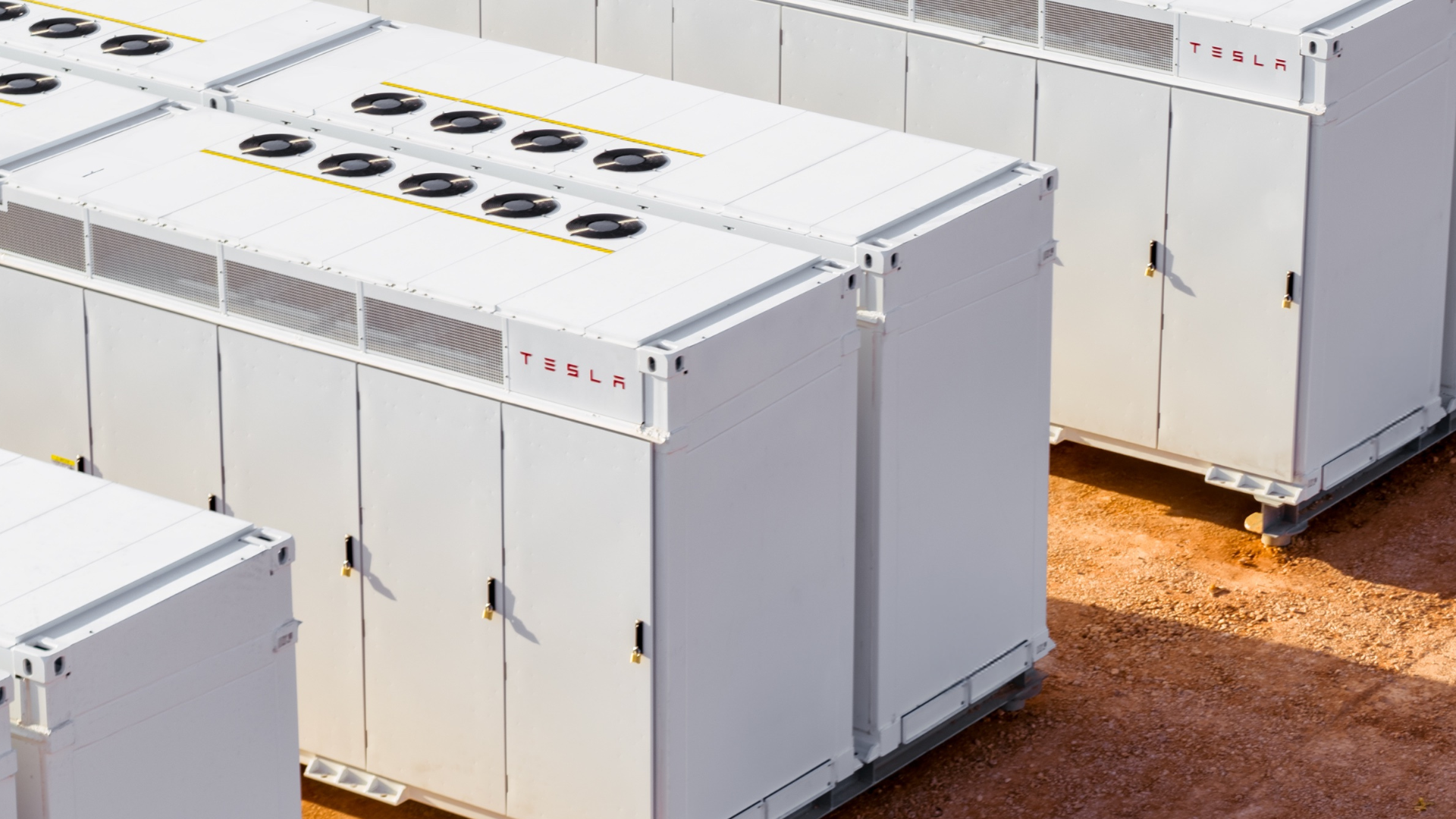Tesla targets AI data centers with massive Megapack batteries as grid-strain fears grow — says $50B/GW for a 2-hour system over a 20-year lifetime is 'outsized value'
Battery systems pitched as solution to rapid power swings from GPU clusters.

Tesla has launched a new marketing push for its Megapack battery systems, targeting hyperscale AI data centers grappling with extreme and unpredictable power fluctuations. A new resource page published on November 13 on X lays out the case for using utility-scale batteries to smooth out sharp electrical swings during GPU-intensive training runs, which Tesla says can fluctuate by as much as 90% at frequencies up to 30 Hz.
The Megapack pitch aligns with growing concern across the U.S. energy sector about the impact of synchronized AI workloads on grid stability. In a slurry of recent reports, including those from the North American Electric Reliability Corporation (NERC), we’ve seen countless warnings that large-scale AI clusters can cause rapid, repetitive changes in load during checkpointing and data synchronization, posing challenges for conventional power infrastructure.
Unlike traditional enterprise compute, training workloads driven by thousands of high-performance accelerators can cause the total draw of a site to jump or drop by multiple megawatts in under a second.
Tesla’s Megapack platform is reportedly designed to absorb that kind of volatility at the interconnection point, providing fast-responding support that helps maintain stable voltage and frequency without relying on mechanical generators. The company claims Megapack can reduce AI-induced power oscillations by up to 90%, although it has not yet disclosed details on how these figures were measured or what system sizes were involved. Tesla also says the Megapack is good for $50B/GW for a 2-hour system over a 20-year lifetime, a claim it says makes the unit "outsized value" for AI data centers.
Megapack also comes as utilities begin processing a wave of record-setting interconnect requests tied to AI infrastructure buildouts. According to reporting in May, PG&E, California’s largest electric utility company, has seen a more than 40% jump in requests for power supplies from data center developers this year, with AI campuses driving much of the increase. Tesla's ability to ship battery systems rapidly may appeal to developers waiting for capacity amid long lead times for new transmission and substation projects.
Tesla previously introduced Megapack 3 and a new prefabricated enclosure platform called Megablock in September, with production scaling up at a dedicated facility in Houston, Texas. These systems integrate power electronics and thermal controls into modular units designed for faster site deployment and lower total cost, particularly where space and time constraints make traditional substation upgrades impractical.
As AI training loads continue to evolve, questions remain about how battery systems like Megapack will be integrated into existing data center electrical topologies. It is not yet clear whether the systems will be deployed as part of UPS infrastructure, as front-of-meter grid support, or in some hybrid role. More broadly, the economics of these deployments — particularly in terms of demand charges — have yet to be disclosed.
Get Tom's Hardware's best news and in-depth reviews, straight to your inbox.

Follow Tom's Hardware on Google News, or add us as a preferred source, to get our latest news, analysis, & reviews in your feeds.

Luke James is a freelance writer and journalist. Although his background is in legal, he has a personal interest in all things tech, especially hardware and microelectronics, and anything regulatory.